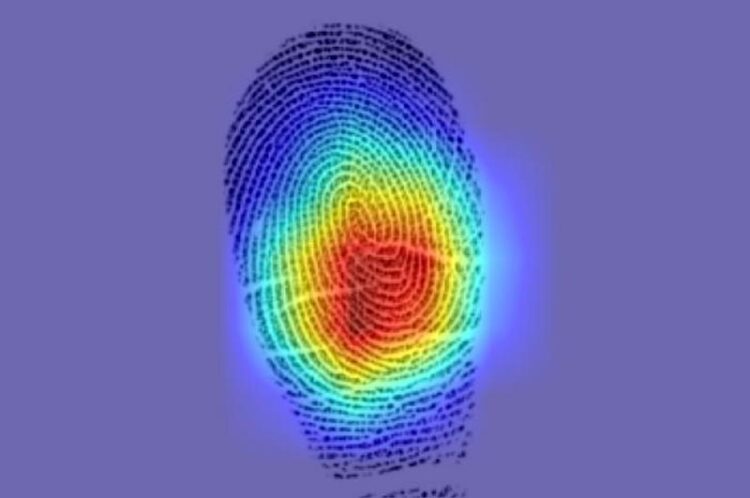Columbia University Challenges Fingerprint Uniqueness Belief in AI Research

Columbia University researchers are challenging the widely held belief that each fingerprint is entirely unique. Their study involved training an AI tool on 60,000 fingerprints to determine if it could accurately identify whether prints from different fingers belonged to the same person. The AI achieved a 75–90% accuracy rate, focusing on the orientation of ridges in the centre of a finger rather than traditional minutiae. Despite uncertainty about how the AI accomplishes this, the results have implications for biometrics and forensic science.
Professor Hod Lipson, who supervised the study, acknowledged the mystery surrounding the AI’s methodology, emphasising its departure from traditional forensic markers. The study’s unexpected outcome surprised both Lipson and undergraduate student Gabe Guo, prompting thorough verification.
While unique fingerprints have been assumed, Graham Williams, a forensic science professor at Hull University, noted that they haven’t been definitively proven. Columbia University’s research, if further developed, could impact both biometric identification and forensic science by potentially connecting prints from different crime scenes to the same individual.
The researchers, lacking forensic backgrounds, admitted the need for more research and data to refine the AI tool. While not currently suitable for courtroom evidence, the tool could serve as a valuable lead generator in forensic investigations, according to Guo.
Dr. Sarah Fieldhouse, an associate professor of forensic science at Staffordshire University, expressed scepticism about the study’s immediate impact on criminal casework. Questions linger about whether the markers the AI focuses on remain consistent with variations in skin contact and over a person’s lifetime.
The study, peer-reviewed and set for publication in Science Advances, raises intriguing possibilities about fingerprint uniqueness and challenges long-standing assumptions in forensic science. Meanwhile, a story of twins in Cheshire highlights the ongoing mysteries of biometric identification, where familial factors may still influence technological authentication.






